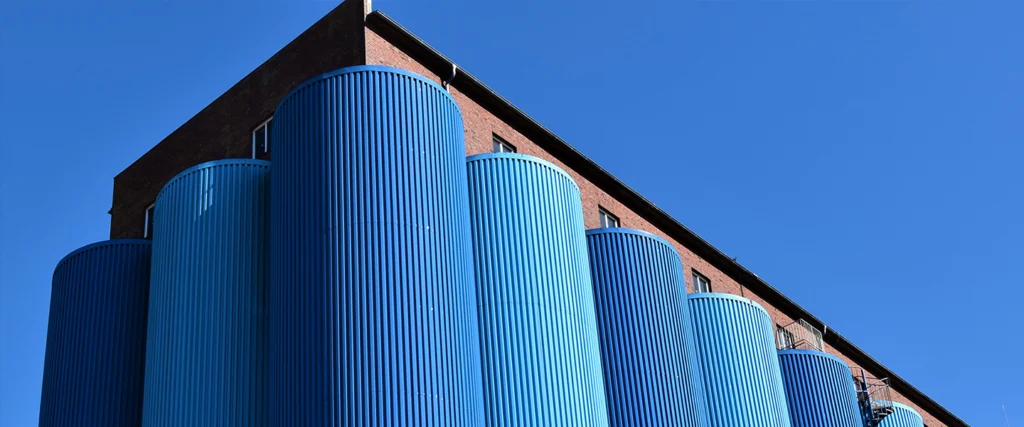As the EU Deforestation Regulation (EUDR) begins to take effect, companies importing or producing deforestation-related commodities including soy, palm oil, cocoa, cattle, coffee, timber, and rubber face a significant new requirement: they must identify where those goods were originally produced down to the land plot level and ascertain whether there was any deforestation in those plots since 2020.
There’s a lot of confusion about what this actually means. Contrary to what many believe, EUDR does not require full supply chain traceability. You don’t need to map every tier or identify every intermediary. What you do need is verifiable geolocation data for the land where the commodity was grown or harvested – often attainable directly from your Tier 1 suppliers.
In this blog, we’ll explain the upstream data requirement under EUDR and walk you through the practical steps to collect and verify the land plot information your business needs for compliance.
What EUDR Really Requires
To be compliant, companies must ensure their products are:
- Deforestation-free, meaning they were not produced on land deforested after 31 December 2020.
- Legally produced according to relevant laws in the country of origin.
- Covered by a due diligence statement submitted to EU authorities, which includes:
- Product and commodity details
- Country of production
- Geolocation of the land plots
- Risk assessment and mitigation actions
The focus is on where the commodity originated, not on identifying who handled it at every step.
Key Steps to Achieve EUDR-Compliant Land Plot Mapping
Step 1: Define Scope and Material Relevance
Identify which of your products are in scope. This includes:
- Products that are or contain EUDR-listed commodities.
- Any by-products or derivatives (e.g., leather from cattle, cocoa butter).
Once defined, map which Tier 1 suppliers are connected to these commodities.
Step 2: Request Geolocation Data from Tier 1
Reach out to Tier 1 suppliers and ask them to provide:
- Coordinates of the production plots (points for smallholders, polygons preferred for larger plots).
- Information about their approach to mitigating deforestation risks
- Any supporting documentation they have (e.g., certifications, proof of legality, etc.).
There’s no need to ask suppliers to identify intermediaries, just request the land origin data itself.
Step 3: Use Tools to Validate Land Plots
Once you’ve collected plot data, use a suite of tools such as Sphera SCT to:
- Automate geolocation and supplier risk scoring in order to flag high-risk products and shipments.
- Check land plots against satellite imagery for deforestation
- Conduct follow-up diligence where forest cover change may have occurred post-2020.
- This gives you confidence in your due diligence without needing to verify every actor in the chain.
Step 4: Store and Report the Data
Use a system that allows you to:
- Store geolocation coordinates securely.
- Link land plots to products and suppliers.
- Generate and manage due diligence statements in a way that’s auditable and EU-compliant.
This is essential for both ongoing compliance and responding to any regulatory checks.
Step 5: Educate and Support Your Suppliers
Make it easy for suppliers to provide the data you need by offering:
- Digital tools for land plot submissions.
- Clear expectations and timelines.
- An easy way to re-use their existing data
- This encourages collaboration – not resistance.
Final Thoughts: EUDR Is More Than Compliance – It’s a Strategic Imperative
EUDR isn’t just another regulatory hurdle, it’s a signal of where global supply chain expectations are heading. Transparency and accountability at the origin of production are becoming baseline requirements for market access, investor confidence, and brand credibility.
Companies that treat EUDR as a strategic priority, not just a legal checkbox, will be better positioned to:
- Secure uninterrupted access to EU markets
- Build trusted supplier relationships based on transparency and collaboration
- Strengthen ESG credentials with investors, customers, and stakeholders
- Future-proof their supply chains against emerging environmental and human rights regulations
By focusing on land plot verification, the heart of EUDR, and enabling Tier 1 suppliers to provide accurate, auditable data, companies can move quickly while laying the groundwork for long-term, resilient sourcing strategies.
This isn’t just about avoiding penalties. It’s about taking control of your value chain and proving your commitment to sustainable, deforestation-free supply. The opportunity is clear – and the time to act is now. Should you need support with EUDR, please contact us here and one of our EUDR consultants will be in touch.





